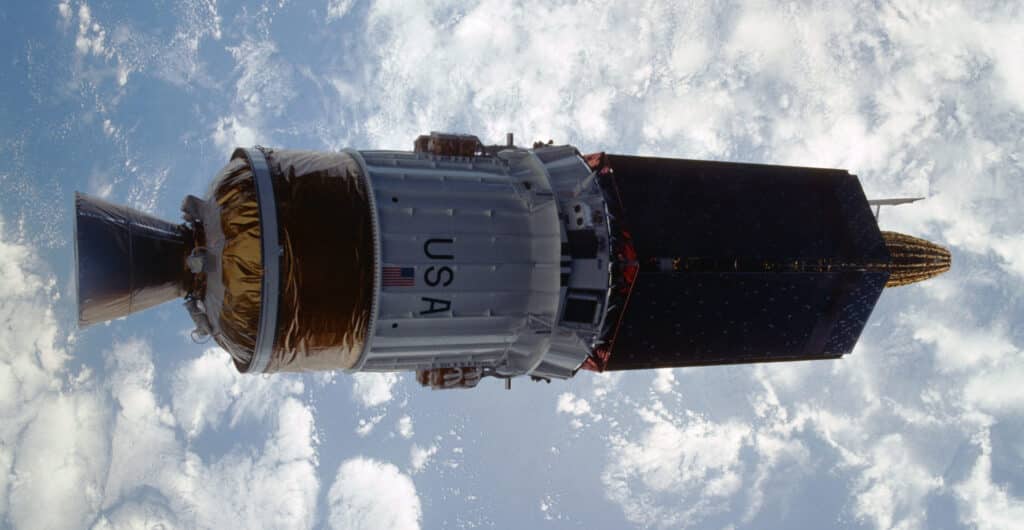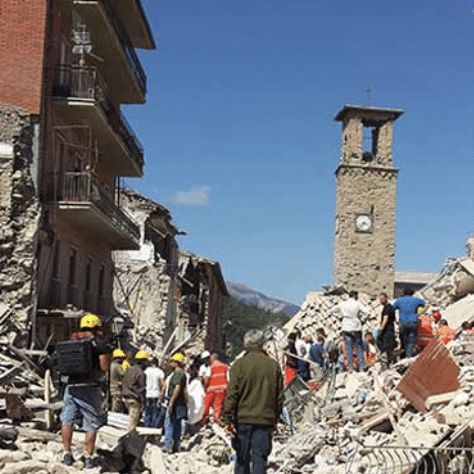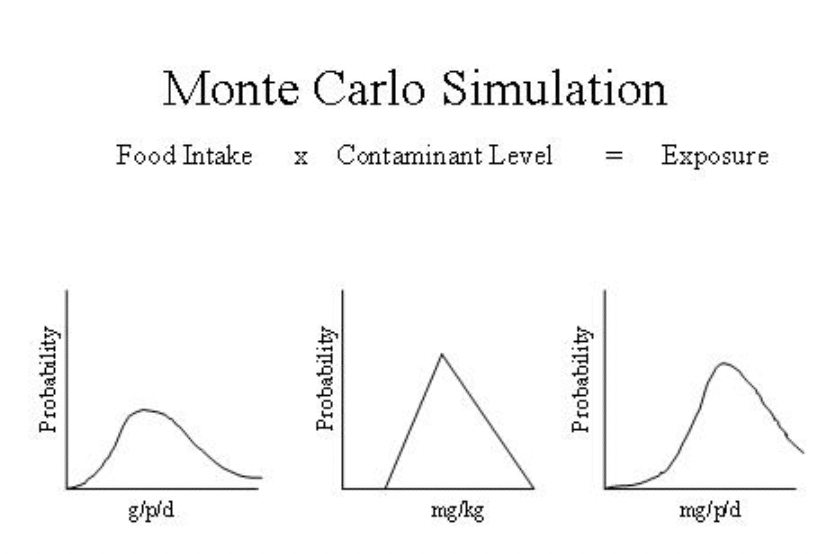 The Space Shuttle was originally designed to reduce the cost of reaching space by providing a reusable launch vehicle.
The Space Shuttle was originally designed to reduce the cost of reaching space by providing a reusable launch vehicle.
Unfortunately, refurbishing the Space Shuttle after each mission and readying it for the next turned out to take many months and cost as much as nonreusable rockets.
Why Analytica?
The team chose Analytica because of Analytica’s visual structuring and the Monte Carlo simulation for probabilistic analysis of refurbishment schedules, based on probabilistic models of which tasks are needed, how long they take, and how much they costs.
The solution
Kennedy Space Center worked with Lumina to develop the Schedule Cost Risk Assessment Model (SCRAM).
SCRAM finds the major sources of risk of delay and cost overrun, and identifies schedules to minimize those risks.
“SCRAM is considered by NASA to be a significant improvement to the state-of-the-art in schedule and cost risk analysis because it allows realistic models of schedule variables (e.g. task lengths) to be built and analyzed. Existing risk-analysis tools provided constrained and limited modeling capabilities.”
– Kennedy Space Center

For more
See “Quick Fix for Managing Risks” p122, Spinoff 2002 magazine, NASA, US Government Printing Office, online at NASA SBIR Successes: Schedule and Cost Risk Analysis System.





